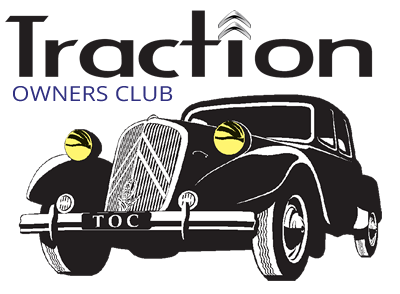conversion of dynamo to alternator
Traction Owner’s Club › Forums › Forum Archive › Traction Owners Club Forum › Help Wanted › conversion of dynamo to alternator
- This topic is empty.
-
AuthorPosts
-
11th May 2016 at 12:00 pm #4601
Anonymous
Hi sorry if you have seen this before
Hi All
just a question about converting a dynamo to alternator using the same casing.
Any ideas of cost
Any ideas where to get it done
If the units are bought converted dynamo and voltage regulator is the job a diy
thanks in advance
roger11th May 2016 at 2:22 pm #7605Anonymous
Powerlite are the people for this. their website is on the following link:
http://www.powerlite-units.com/dynalite-fitting-example/
The actual conversion of the unit is not, I would think a DIY job, but the actual installation of the Powerlite unit into the car would be.
11th May 2016 at 8:30 pm #7606Anonymous
Hi thanks for that will give them a ring
roger11th May 2016 at 8:36 pm #7607Anonymous
alternatively – for a mere £440 AES do them… http://www.autoelectricsupplies.co.uk/product/1164/category/197
I fitted a regular Lucas 17ACR alternator – looks all wrong, needed a different pulley and a home made bracket but works well and cost a bit less.
Chris13th May 2016 at 8:40 am #7608Anonymous
Hi chris thanks for that will have a look
13th May 2016 at 10:18 am #7609Anonymous
Cheaper option would be a ‘Dyanamator’ – looks like a dynamo but is an alternator http://www.accuspark.co.uk/dynamator.htm
Downside, they only output 45 amps, whereas a modern alternator will output circa 70 amps which is better if your doing a lot of stop start driving/traffic queuing/crawling along.
Personally I went for the higher output rather than the traditional dynamo look.
19th May 2016 at 10:23 am #7610Anonymous
Hi thanks to everybody thats replied
roger19th May 2016 at 11:26 am #7611Anonymous
Hi Roger,
Don’t wish to disagree with Dave in any way, as my knowledge of tractions is miniscule. But I do know a little about DC electrics having done an apprenticeship and qualified as a licensed aircraft electrical engineer in a previous life.
The 70 amps that Dave talks about is only really useful after engine start when the lead acid battery goes into ‘recovery’. The length of this phase should only be a minute or two, though obviously varies according to battery condition.
The chief advantages of alternators (AC generators) over dynamos (DC generators):
1. gives a charge at idle, whereas the dynamo will allow a small battery drain
2. Brushless, so virtually maintenace free
3. Solid state rectifier and voltage regulator. No pesky contacts, no set up, no maintenance
4. LightweightThe list goes on. IMHO, 45 amps should be more than enough. Just make sure that which you are fitting is quality. There’s a lot of rubbish out there.
19th May 2016 at 11:49 am #7612Anonymous
@NormanAnderson wrote:
Hi Roger,
Don’t wish to disagree with Dave in any way, as my knowledge of tractions is miniscule. But I do know a little about DC electrics having done an apprenticeship and qualified as a licensed aircraft electrical engineer in a previous life.
The 70 amps that Dave talks about is only really useful after engine start when the lead acid battery goes into ‘recovery’. The length of this phase should only be a minute or two, though obviously varies according to battery condition.
The chief advantages of alternators (AC generators) over dynamos (DC generators):
1. gives a charge at idle, whereas the dynamo will allow a small battery drain
2. Brushless, so virtually maintenace free
3. Solid state rectifier and voltage regulator. No pesky contacts, no set up, no maintenance
4. LightweightThe list goes on. IMHO, 45 amps should be more than enough. Just make sure that which you are fitting is quality. There’s a lot of rubbish out there.
I agree with all of the above. You can buy just the bracket from CAS and then get a alternator meant for plant machinery off of e bay.
-
AuthorPosts
- The forum ‘Help Wanted’ is closed to new topics and replies.
